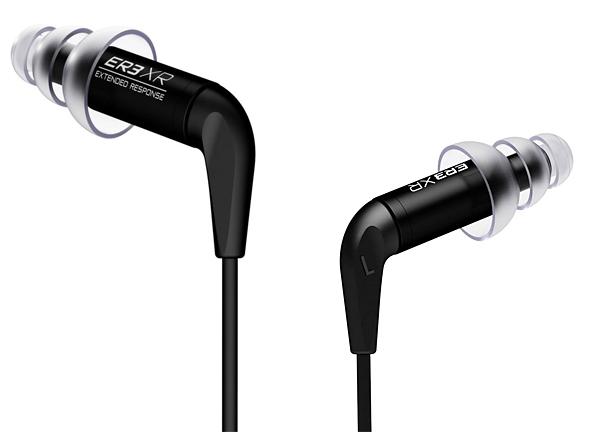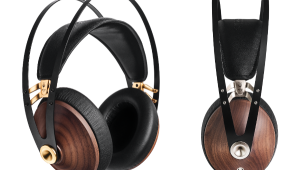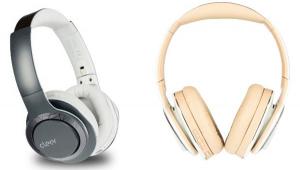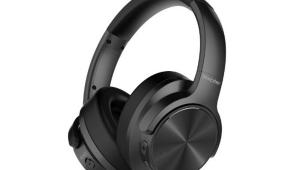Etymotic ER3 Extended Response Headphones Review

AT A GLANCE
Plus
Accurate sound, with a gentle bass bump
Best-in-class noise isolation
Two-year replacement warranty
Minus
Requires deep ear tip insertion
THE VERDICT
The Etymotic ER3XR delivers accurate, transparent sound at a very affordable price.
Have you noticed that most headphones, including plenty of models with audiophile aspirations, have pumped-up bass and highs? That intentionally less-than-accurate sound is likely due to their designers knowing that most people enjoy boosted bass and the extra “detail” of tipped-up treble. Etymotic is a company that doesn’t play by those rules, and its new ER3 Extended Response (ER3XR) is just the ticket for anyone who craves accurate sound from in-ear headphones.
Etymotic also offers a second ER3 model, the ER3 Studio Edition (ER3SE), that shares the same $179 price as the ER3XR. According to the company, the difference between the two is that the ER3XR provides a slight bass boost for “listeners who prefer a stronger low end response.”
Etymotic’s stance on neutral sound was codified by its ER4 headphones that debuted in 1991. fThe ER4 remained the company’s flagship model with only slight changes for a quarter-century, until it introduced the ER4 Studio Reference and Extended Response in-ear headphones last year. Those models weren’t wildly different than what came before, just a little better in every way. So, I wondered, how would the new ER3XR compare with the ER4XR?
Both models use a single balanced armature driver housed in a precision-machined ear piece, but they have different drivers. The ER4’s drivers are made in the U.S., the ER3’s in Asia. The ER4’s left- and right-channel drivers are matched to extremely close tolerances—within 1 dB from 100 Hz to 10 kHz—while the ER3’s driver tolerances aren’t specified. Here’s one “spec” we can all understand: the ER3XR sells for $179, and the ER4XR for $349.
I spent weeks listening with the ER3XR. It sounded pristine, pure, and clear—so much like the ER4XR—until the moment of truth when I compared the two headphones. Even then, the ER3XR’s sound was awfully close to the ER4XR’s, but a tad leaner in the midrange, and less clear overall. Still, it gets you 80% of the ER4XR’s sound.
Depending on the user’s choice of foam or flanged ear tips, the ER3XR will provide 35-42 dB of noise isolation. Those numbers handily exceed the competition’s isolation abilities, but maximum quieting requires pushing the tips deeper into your ear canal than you would have to with most other in-ear headphoness. That might be a deal-breaker for some folks, but I didn’t mind. The ER3XR isn’t the most comfortable in-ear model I’ve tried, but its superior noise isolation on the NYC subway was much appreciated.
I started my listening sessions with the ER3XR plugged into my iPhone 6S playing Miles Davis’s Big Fun album, a tasty collection of his early 1970s tracks. The soundstage width extended past my ears, and the reverberation seemed to come from above my head! One track in particular, “Yaphet,” totally sucked me in, with the percolating keyboards and percussion that underpin the grooves leaving plenty of room for Davis’ silky horn runs.
Ry Cooder’s solo guitar score for the film Paris, Texas sounded so much better on the ER3XR headphones than it ever does on speakers, all of which fail to deliver the palpable sense of fingers moving over strings. This album has a sound you can lose yourself in, with the low string rumblings seeming to go on forevers.
Even with its slight bass boost, the ER3 Extended Response follows other Etymotic headphones in being a neutral transducer. It tells it like it is, but that doesn’t guarantee you’ll like the ER3XR’s sound. You might prefer another headphone with more sizzle, a better ability to rock, or a more romantic sound. Give the ER3XR a listen and you’ll know right away what accuracy sounds like, and if that’s something you like.
- Log in or register to post comments





































































